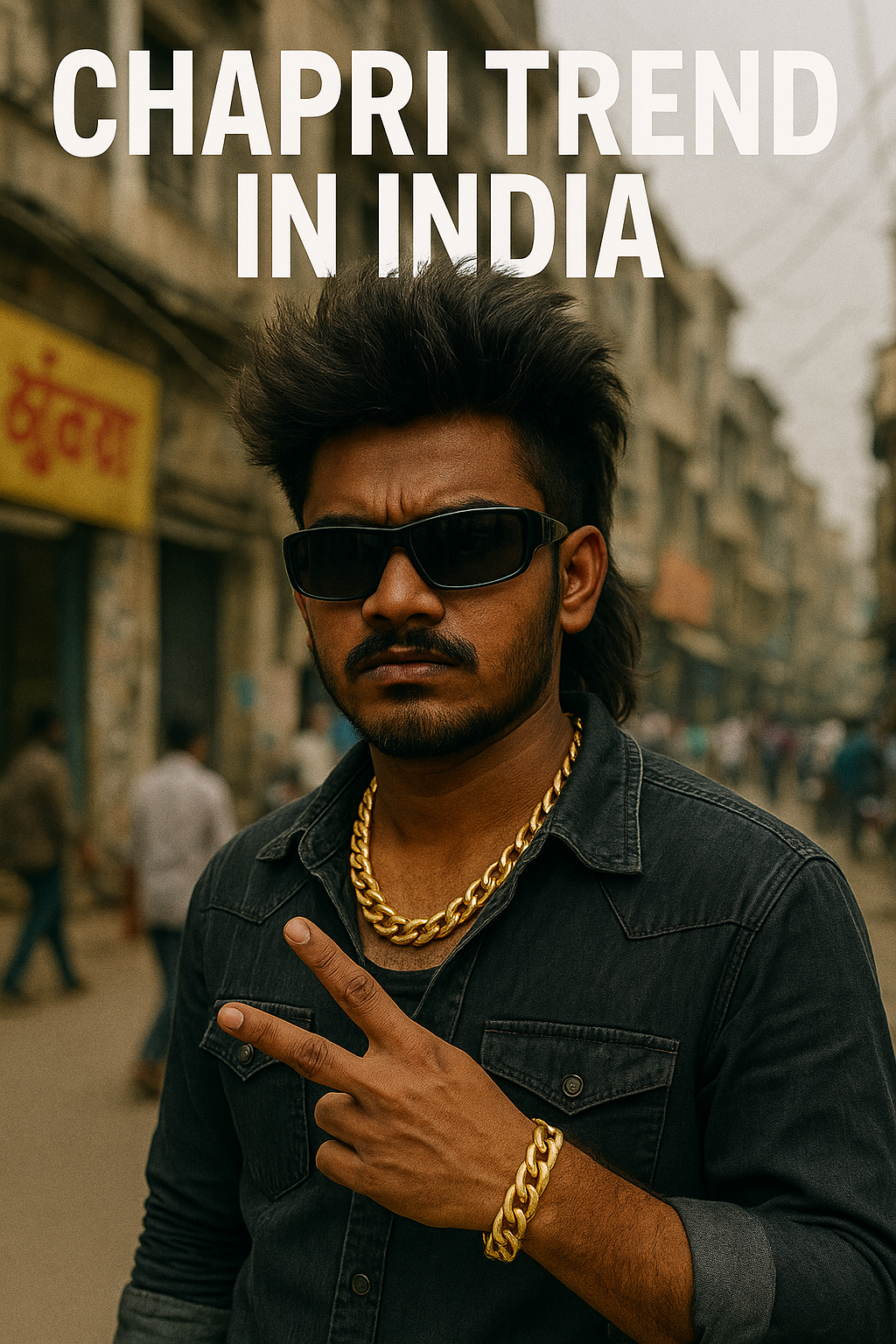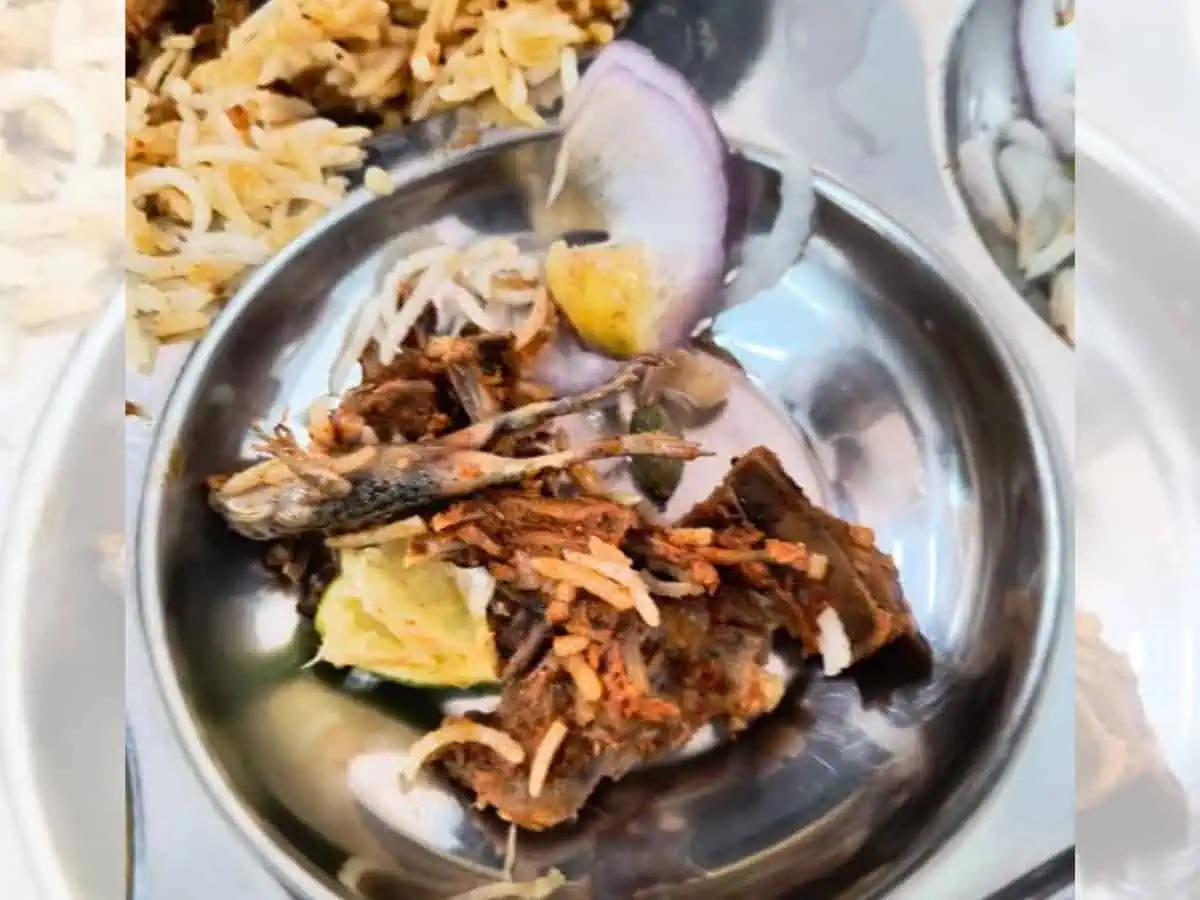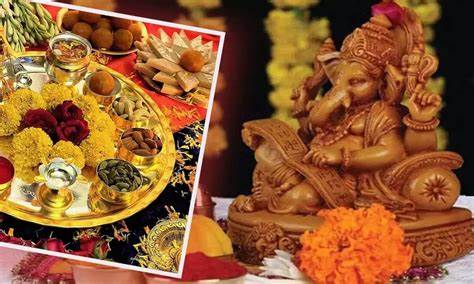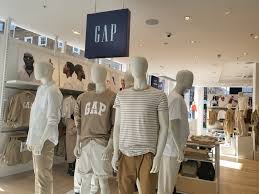India’s Biggest Chapri: Understanding the Craze and the Culture Behind It
In the world of online entertainment, social media has a way of building up personalities overnight. From local reels to national recognition, some influencers rise because of their creativity, talent, or content originality. Others gain fame for very different reasons. In recent years, the term “Chapri” has become part of youth slang, especially in cities like Hyderabad, where digital content is a core part of daily life.
But what exactly is a Chapri? Who decides who India’s biggest Chapri is? And why are so many people in Telangana—and across the country—so obsessed with this trend?
Let’s dig deeper into what the term really means, who gets labelled as a Chapri, and what it says about India’s evolving internet culture.
What Is a Chapri?
The word “Chapri” isn’t found in formal dictionaries, but if you ask any teenager or college student in Hyderabad, they’ll give you a definition. The term refers to a person who tries too hard to look cool online, often wearing flashy outfits, using exaggerated filters, copying TikTok trends, or showing off in ways that seem forced or cringe-worthy.
In simple terms, a Chapri is someone who prioritises appearance over authenticity. They’re known for loud hairstyles, over-edited videos, lip-sync content with dramatic expressions, and sometimes even controversial behaviour just to gain attention.
What’s important to understand is that “Chapri” is often used as a social label—and like all labels, it can be harmful if used carelessly. While many users enjoy calling out fake or superficial content, it’s also true that some creators are unfairly criticised simply for being different.
How Did the Term Become Popular?
The rise of short video platforms like TikTok, Moj, and Instagram Reels in India brought thousands of young creators into the limelight. As audiences became flooded with similar content, people started using the term Chapri to mock creators whose videos felt repetitive, attention-seeking, or low in substance.
In Telangana’s urban areas like Hyderabad and Warangal, youth culture is highly influenced by what’s trending online. Between meme pages, local roast channels, and viral content threads, the Chapri label spread fast. Many Hyderabad-based influencers even made videos titled “Reacting to India’s Biggest Chapri” or created roast content around this trend.
The popularity grew because it was relatable, humorous, and controversial—the perfect combination for internet virality.
Who Is Considered India’s Biggest Chapri?
The answer isn’t as simple as naming one person. Different content creators have held the unofficial title at various times, based on trends, controversies, or meme popularity. Some names pop up more often than others, especially those who:
-
Post excessive flex videos (showing off gold chains, bikes, money)
-
Lip-sync to romantic or emotional audio with exaggerated expressions
-
Wear flashy clothes and makeup with odd fashion sense
-
Use borrowed or rented luxury items in their content
-
Engage in online fights or drama for clout
It’s not unusual for content creators from Delhi, Mumbai, or even Hyderabad to be labelled as Chapri after one viral video. But the title of India’s biggest Chapri keeps rotating depending on what’s trending.
What’s ironic is that many creators who were once mocked for being Chapri have now built full-time careers out of it. With millions of followers, brand deals, and YouTube channels, they’ve turned criticism into income.
Hyderabad’s Reaction to the Chapri Culture
In Hyderabad, where fashion, attitude, and digital creativity go hand in hand, Chapri culture has found both fans and critics. Young creators in Telangana have taken inspiration from viral Chapri content—but with their own twist. You’ll find Instagram reels of Hyderabad boys doing romantic slow-motion entries, or girls posing with over-the-top styling at Necklace Road or Charminar.
But local humour pages in the city have also built huge followings by roasting Chapri creators or hosting polls on “Who is Hyderabad’s Chapri King?”. These videos are funny, sure—but they also show how digital fame today is deeply rooted in perception.
Why Are People Obsessed with Chapri Culture?
The obsession comes down to one thing: entertainment. Whether you like the content or cringe at it, Chapri videos get reactions. People love to talk, comment, and share because it feels like social media’s own drama series.
Chapri content is often over-the-top, which makes it perfect for reels, roasts, memes, and reaction videos. For digital consumers, it’s fun to mock—but for creators, it’s also a way to go viral.
There’s another layer too. The Chapri trend taps into aspiration culture in India. Many of these creators come from humble backgrounds and use social media to express themselves, experiment with fashion, or feel seen. While some of it may seem cringe-worthy, it’s also an honest attempt at gaining attention in a crowded internet space.
Should We Judge Chapri Creators?
Here’s where the conversation needs more maturity. Not everyone labelled as Chapri is trying to fool anyone. In many cases, they’re just young people trying to find their style, voice, and place online. Yes, some do it in extreme ways. But calling someone India’s biggest Chapri without understanding their background or intention can be unfair.
It’s important to ask: Are we mocking creativity just because it doesn’t fit our taste? Or are we holding influencers accountable for encouraging superficial content?
There’s no clear answer. But it’s time to realise that the term Chapri says as much about us—the audience—as it does about the creators.
When Does Criticism Become Cyberbullying?
Social media allows freedom of expression, but it also opens the door to targeted trolling. Many Chapri creators have spoken out about receiving hate, insults, or threats. What starts as a meme or a funny roast can quickly cross the line into cyberbullying.
This is especially concerning in younger communities like Hyderabad’s student circles, where peer pressure and online judgment are already high.
It’s okay to joke or critique content, but not at the cost of someone’s mental health. If someone gains confidence by posting Chapri-style content, it may not be our place to tear it down. Instead of asking who’s India’s biggest Chapri, maybe the better question is—why does it matter so much to us?
The Future of Chapri Culture
The Chapri trend might fade, evolve, or get replaced by something new. But one thing is certain: social media will always have room for loud, flashy, and sometimes cringe-worthy content. As long as there’s attention to be gained, creators will push boundaries.
For Telangana’s young creators, the challenge is to balance style with substance. Going viral is great, but staying relevant takes originality. Whether you love or hate Chapri content, it teaches a lesson: be real, be creative, and know your audience.
The term “India’s biggest Chapri” may sound like an insult, but in today’s internet-driven world, it has strangely become a badge of fame. From small towns to big cities, Chapri creators are part of the digital economy, shaping youth trends and redefining what it means to be an influencer.
In Hyderabad, where youth culture meets tradition and innovation, it’s important to keep our humour kind, our judgment fair, and our content smart. Because at the end of the day, we all want the same thing—to be seen, appreciated, and understood.




